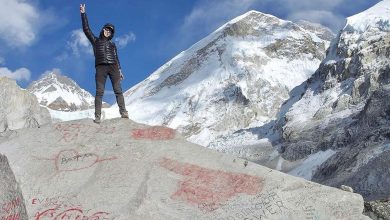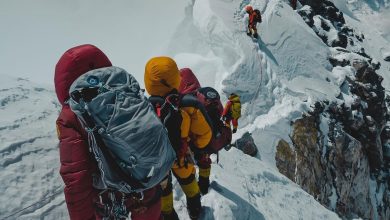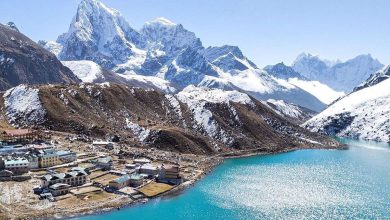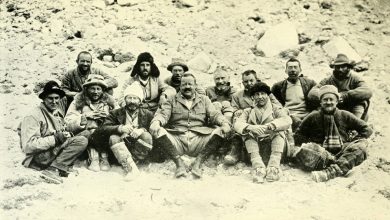Facts About Mount Everest
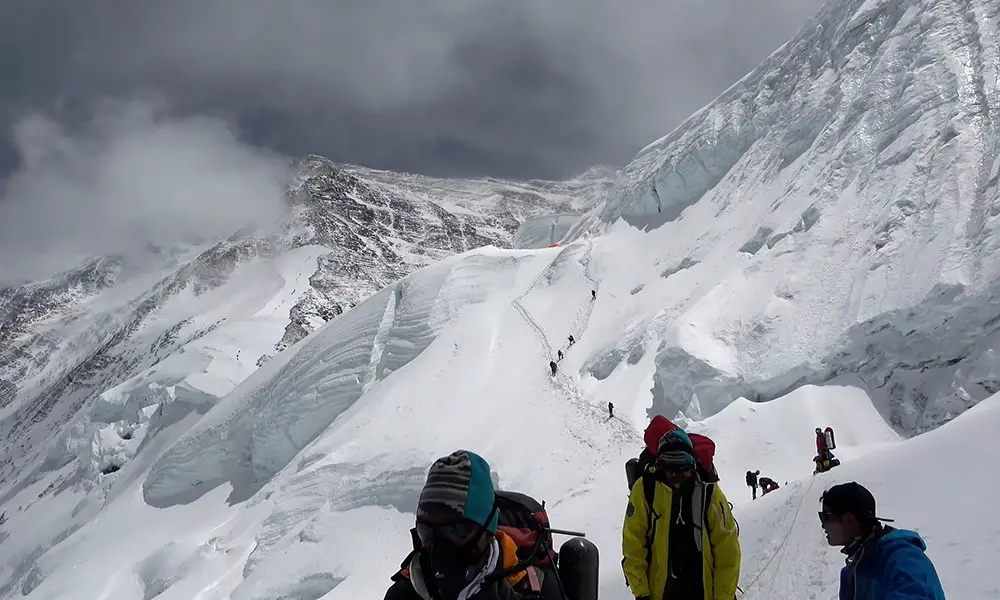
Mount Everest, at an elevation of 8,848.86 meters is the highest peak in the magnificent Himalayan region. Although it is known by several names like ‘Third Pole’, ‘Steps to Heaven’, or the ‘Roof of the World’ across the globe, there are still many things people don’t know about this glorious peak in general.
Let’s check out some interesting and fascinating facts about Mount Everest that might even take you by surprise.
1. Mt. Everest Named After British Expeditioner
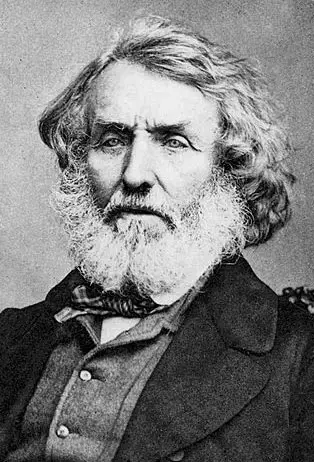
Although everyone has heard about Mt. Everest, the massive peak in the Himalayas at least once in their lifetime. Many people might still not know why it was named Everest. This tallest peak in the Himalayas was actually named after the British expeditioner and mountaineer Sir George Everest.
Mount Everest was first discovered by Sir George Everest in 1841, after his discovery he initially named the mountain ‘Peak 15’. But, in 1865, the name was changed to ‘Mount Everest’ to honor the British expeditioner. Sir George Everest was the director of the government survey of India from 1830 to 1843 and was responsible for surveying the Himalayas in the 19th Century. Although the name ‘Everest’ is popular on a global scale, the local natives refer to this peak as ‘Sagarmatha’ or ‘Chomolung’.
2. Mount Everest is Also Called ‘Chomolungma’ and ‘Sagarmatha’
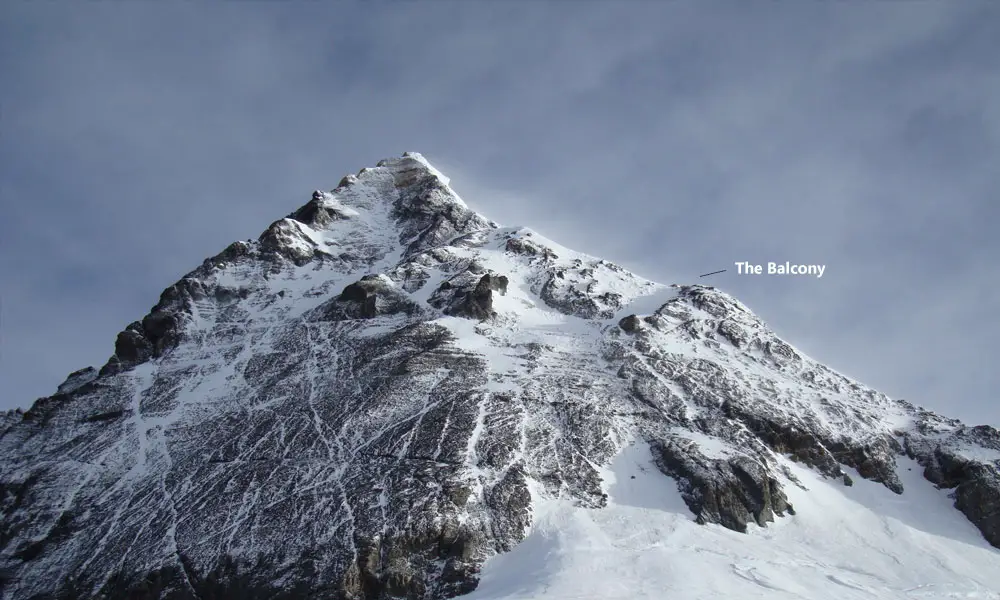
Mt. Everest, the highest snowy figurine shares a border with Nepal and Tibet in China. So, naturally, there are several other terms to identify this glorious than just Mount Everest.
On the Tibetan side, Mt. Everest is known as ‘Qomolanmga or Chomolungma’ which can be translated into the ‘Mother of the World’. Similarly, in Nepal, this glorious peak is known as ‘Sagarmatha’ which means ‘God of the Sky‘ or ‘Head which touches the Sky’. Everest has great religious significance in both Tibetan and Nepali cultures and is still considered holy and climbers even today bow and pray before ascending for the glory on this mountain. You better too!
3. Mount Everest is Approx 450 Million Years Old
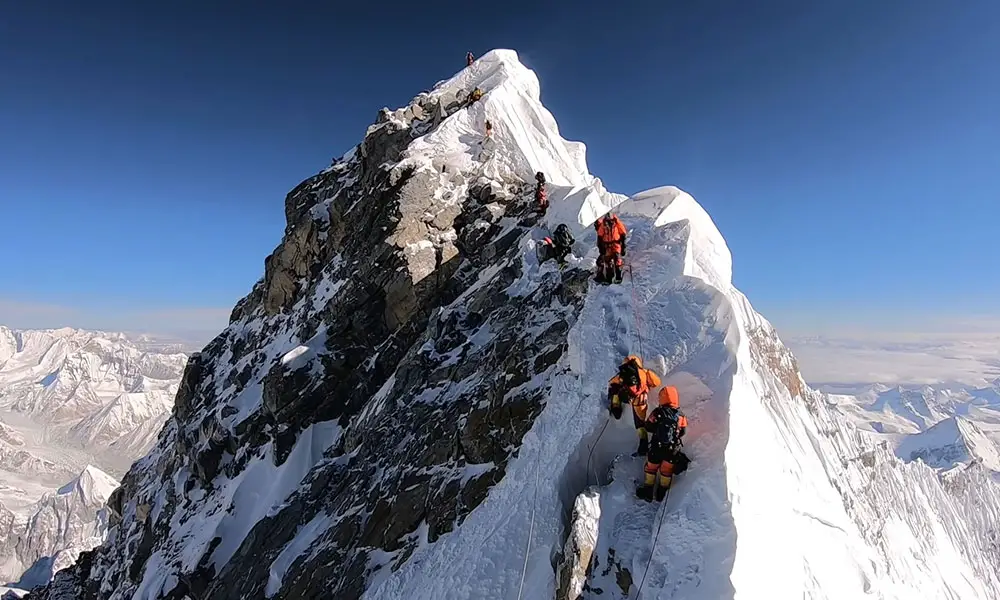
Yeah, it is a shocker, this magnificent peak that dominates other massifs in the Himalayas dates back to approximately 450 million years ago. Noel Odel was the first explorer to discover marine fossils on Mt. Everest which meant that this highest peak in the world was under the ocean’s belt. Odel discovered that the limestone and sandstone on the mountain are actually submerged sedimentary rocks that formed around 450 million ago.
However, scientists the Himalayas have been in existence since only about 60 million years ago when the Eurasian plate started subducting the Indian plate forming the Himalayas. According to this research, the Himalayan peaks were propelled upward with the powerful thrust created by the clash of Eurasian and Indian plates.
As a matter of fact, the clash of these two techno plates is still in work today, according to geologists, this clash of the Eurasian and Indian plates is pushing Mt. Everest up by almost a quarter inch every year.
4. There is a 2’o Clock Rule in Everest That Everyone Should Abide by
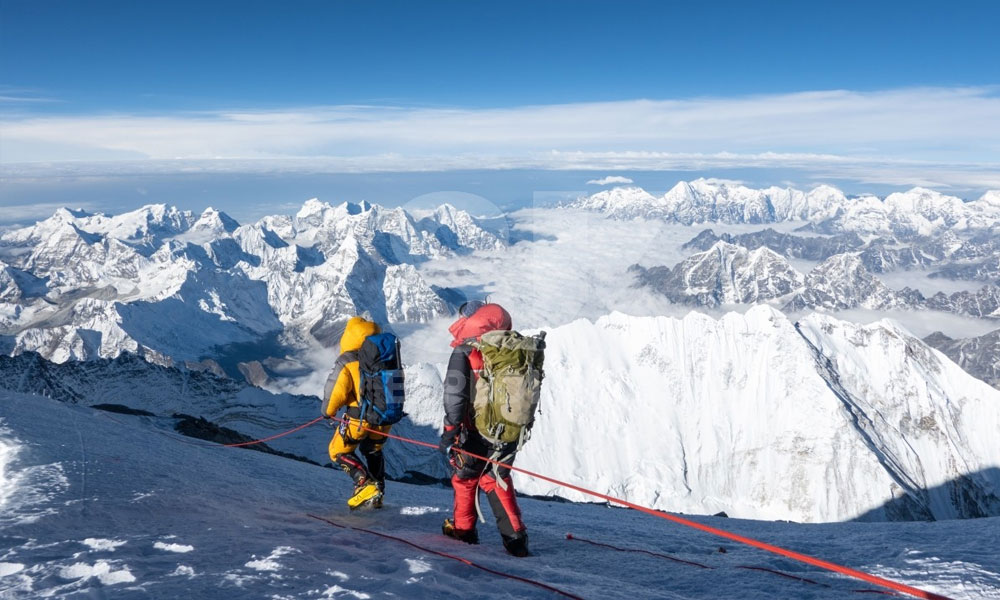
No, it’s not a lunch break, where every ascender should gather around hold hands and sing a merry song to celebrate the successful conquest. It’s pretty contrary to that, 2’o clock on the Everest actually means, look out, you are betting your life on the line.
Professional mountaineers and guides will always set the mountain expedition time before 2- 3 pm on the summit day. It means if climbers are not on the summit by this hour, their life is at risk. The main reason why ascending after 2 pm is so dangerous is that the supplementary oxygen accounted for a specific period including the turnaround time. So if the climbers keep pushing for the summit past these hours they are less likely to have enough oxygen for the descend to the base camp, that is really a big gamble, especially in the section known as the death zone.
Another reason is that descending after dark is really dangerous, climbers lose energy and empty their supplies during the final push to the summit including oxygen. So, if the ascend is after 2 pm, descending down from the summit in the dark with a limited light source can be really dangerous. That’s how many of the mountaineers have ended up reaching strayed far from the original trail often not making it to the warm base camp back in time.
5. Your Body Dies Every Minute in the Death Zone
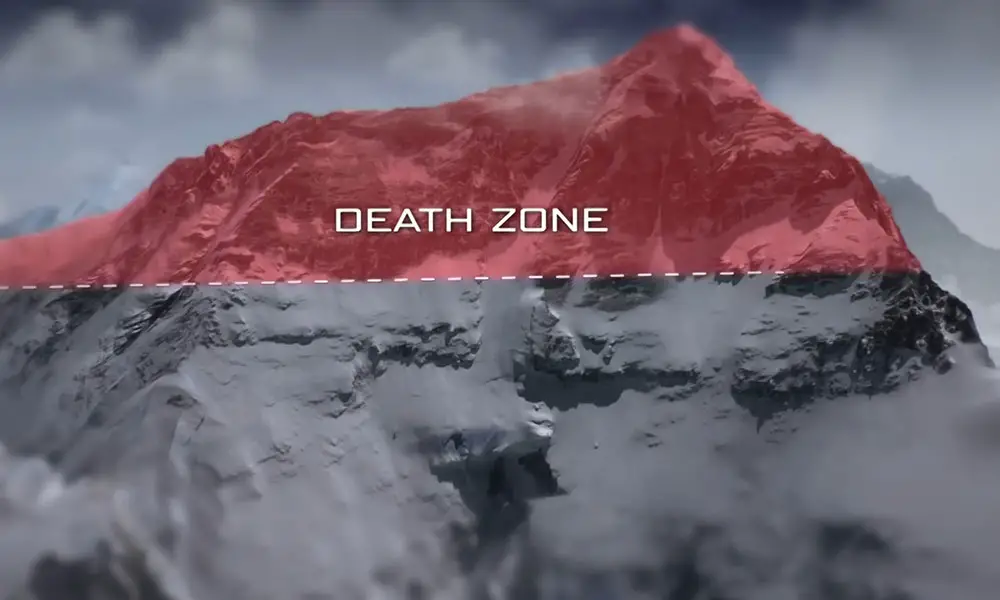
There are sections known as the ‘death zone’ on the peaks that are higher than 8,000 meters, these sections of these mountains are so treacherous that the human body starts dying minute by minute. The actual reason behind this phenomenon is that the higher the elevation of the mountain, the lower the oxygen saturation level. Thus these regions above the altitude of 8,000 from sea level have such low levels of oxygen saturation, that just staying in the death zone triggers the death of cells minute by minute.
The oxygen saturation at the death zone of Mt. Everest is around 34%, that’s why mountaineering guides and experts don’t recommend staying inside the death zone for more than 16-18 hours. Most of the death you have heard about on Mt. Everest and other 8,000-ers have occurred inside these lethal zones known as death zones.
6. Jumping Spiders Are Only the Permanent Residents on Everest Found Above 6,000 Meters

Despite the mystery behind and myth surrounding the high-Mountain creatures known as ‘Yeti’ who apparently seem to be camera shy and socially awkward. Euophrys Omnisuperstes a.k.a the jumping spiders, take the trophy for the highest permanent resident on Mt. Everest. These mountain dwellers can be found in the cracks and fissures of Everest at an elevation of 6,700 meters (22,000 ft). These friendly-looking creatures were first discovered by the Irish mountaineer and naturalist Richard Hingston during his expedition on the mountain.
‘Although they can bite you to defend themselves, they are not poisonous to humans’ probably someone wearing thick gloves. Still, don’t go poking around these friendly creatures, remember you have to carry oxygen cylinders to reach the elevation where these highest known permanent residents on Earth just chill, they will just look down on you and hurt your feelings.
7. Over 8,000 Kg of Human Poop is Frozen on the Slopes of Mt. Everest
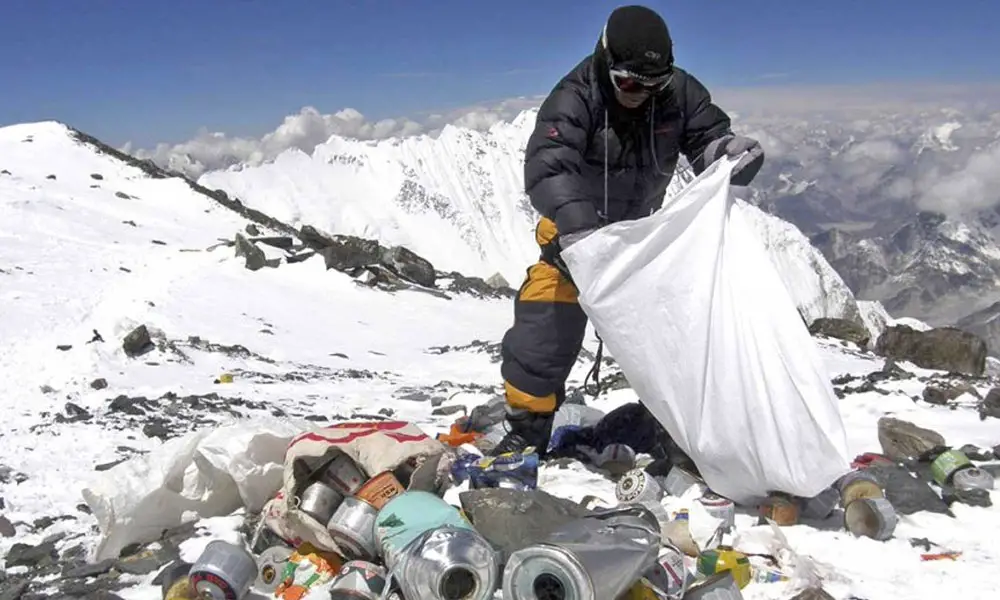
Yikes!! You might not have heard about this, but the mountaineers who set out for the conquest of the tallest mountain in the world actually have to do their business on the slopes. Although en route trekking to Everest Base Camp (5,364 meters), there are sufficient teahouses with basic bathroom facilities to take care of your business, when you are on the mountain you are on your own. When mountaineers on the expedition of the mountain ascending camp by camp, they do their business digging holes on the slopes or using bottles and waste bags.
This is quite practical as digging latrines on the freezing slopes isn’t possible, even when mountaineers are taking take care of their business they don’t step outside their camp as it significantly increases the chances for hypothermia and even frostbite. That would be an embarrassing way to go and funny.
Although the climbers are supposed to bring their waste down to the base camp during their descend, this doesn’t really happen that often. As a result, there are over 8,000 kg of frozen human poop on the slopes of Mt. Everest, which also raises a serious concern have there been any martyrs who jumped to dodge the poop on the slopes but ended up jumping too far?
8. Oxygen Cylinders Are Often Stolen on Mt. Everest
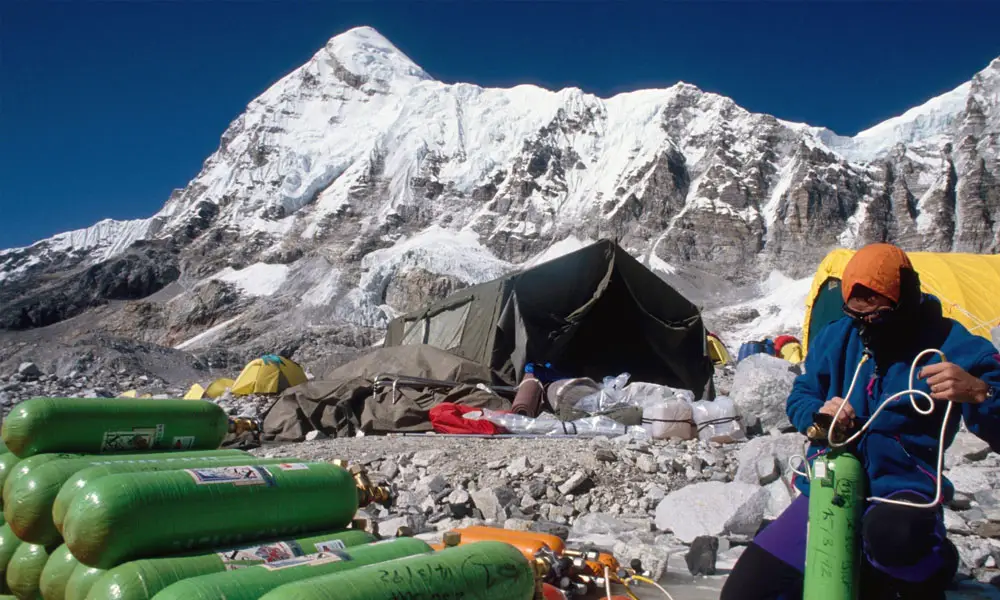
Stealing oxygen bottles from the high camp and selling them down at the base camp is quite rampant during the expedition of Everest and this underhanded market seems to be really thriving at the base camp. Climbers start using the oxygen bottles above Base Camp III, the average duration an oxygen bottle can last is about five hours, depending on the different inhaling rates and physical fitness of the mountaineers. So, normally they will need around seven oxygen bottles to climb up and descend to Base Camp III.
Undoubtedly, these oxygen cylinders are the lifeblood of every mountaineer’s expedition pushing toward the summit of the tallest mountain. But, due to the flourishing oxygen theft market, stealing from higher camps and selling them at base camps, often climbers are forced to even quit their dream, not-so-cheap expedition mid-way.
This is really bothersome issue that is affecting the image of the mountaineering community; here people who are risking their lives to conquer their dream are worried about getting hit by a blizzard or an avalanche. And suddenly they wake up after having a nightmare about some sneaky rascal slipping the oxygen bottles from right under the tent, it’s really rough world out there man.
9. Climbing Mt. Everest Isn’t Cheap Either

The normal expedition to Mt. Everest can cost somewhere between $30,000 to $85,000 depending on the package and itinerary it includes. If the expedition package is completely customized according to the need of the climber it can even exceed the $1,00,000 margin. This price tag includes the cost of an Everest Climbing Permit from the Nepali government ($11,000), mountain tents ($3,000), Sherpa cooks ($2,000), load Shepera ($3,000), expedition leader ($6,000) and so on.
So, overall this expedition to the tallest snow-clad mountain in the world is exhausting both physically and financially. Who knows, the oxygen bottle-stealing tradition might have been in practice to cover some of those expenses; now I feel sorry for them.
10. We are not Even pronouncing Mt. Everest right
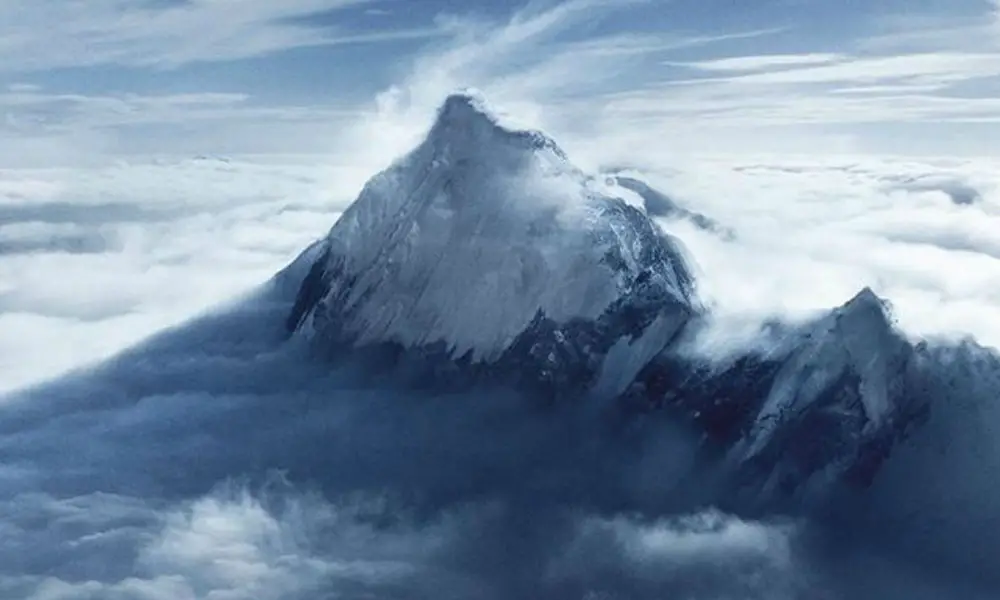
Apparently, we are also not pronouncing the name of this fascinating peak in the Himalayas right. Named after the British expeditioner, Sir George Everest, by default the pronunciation should have been ‘Eve- rest’, focussing on the first part, but instead of the actual surname people started using more of the modified versions like ‘Ever-rest’ or ‘Evv-rest’.
What’s interesting is that Sir. George Everest was in opposition to the idea of naming this highest mountain peak ‘Everest’ as it wasn’t possible to write down the name in the native language and it was hard to pronounce. In 1857, the year he passed away, the British expeditioner stated the importance of using the local names. So he probably wouldn’t have minded these derivations, although like his wish both the local names for the tallest mountain in the world are popular among the natives of China and Nepal.
11. Legend of the Only Helicopter That Landed on Top of Mt. Everest
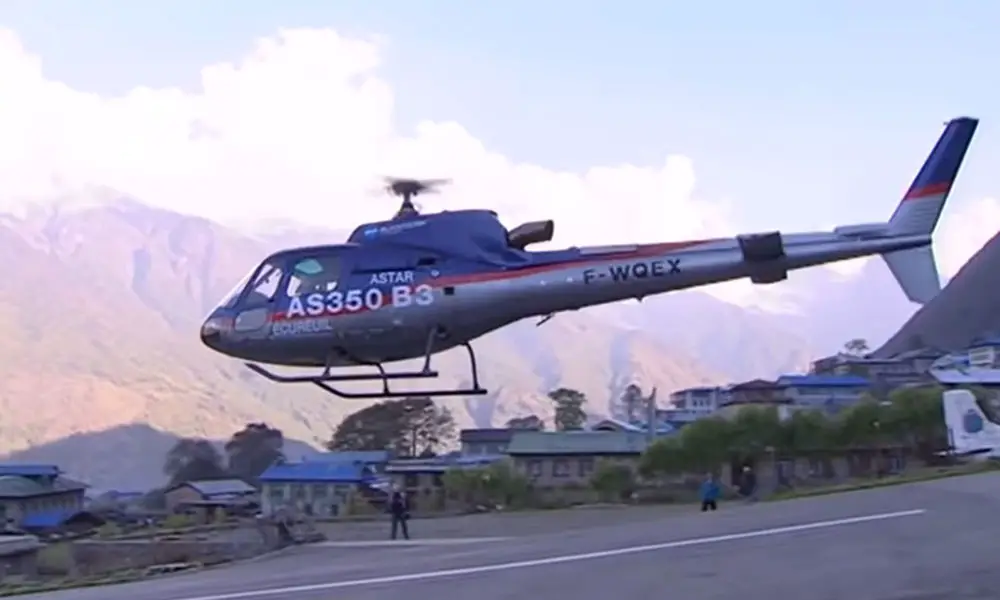
Although the Mt. Everest expedition would have been much more convenient if the climbers were able to use choppers to land on the higher base camp or directly on the top of Mt. Everest, certainly might have spoiled a little bit of fun. But, the disastrous weather conditions, unstable footings, and extreme air pressure make it impossible for the helicopter to have a proper flight.
Still, a legend, Didier Delsalle successfully did something that was really unthinkable, on 14th May 2005 this French pilot successfully made the touchdown at the summit of Mt. Everest despite the strenuous weather conditions and wind situation. Delsalle successfully broke the record for the highest helicopter landing which was previously held by the Nepali Lt. Col Madan Khatri Chhetri. The Nepali pilot had successfully rescued climber Mkalulu Gau and Beck Weather near Base Camp I, at approx 6,096 meters elevation.
To make this historic feat possible, the additional weight-bearing component like the passengers were removed to make the aircraft 265 lbs light and increase the fuel range by about an hour. Didier Delsalle with his Eurocopter AS350 Squirrel, successfully landed on the summit of Everest and held the position for a complete 3 minutes 50 seconds before taking off. According to Didier Delsalle, during his world-record attempt, he felt an updraft so strong that he would rise up without using any power from the helicopter’s engine.
You may also like:
